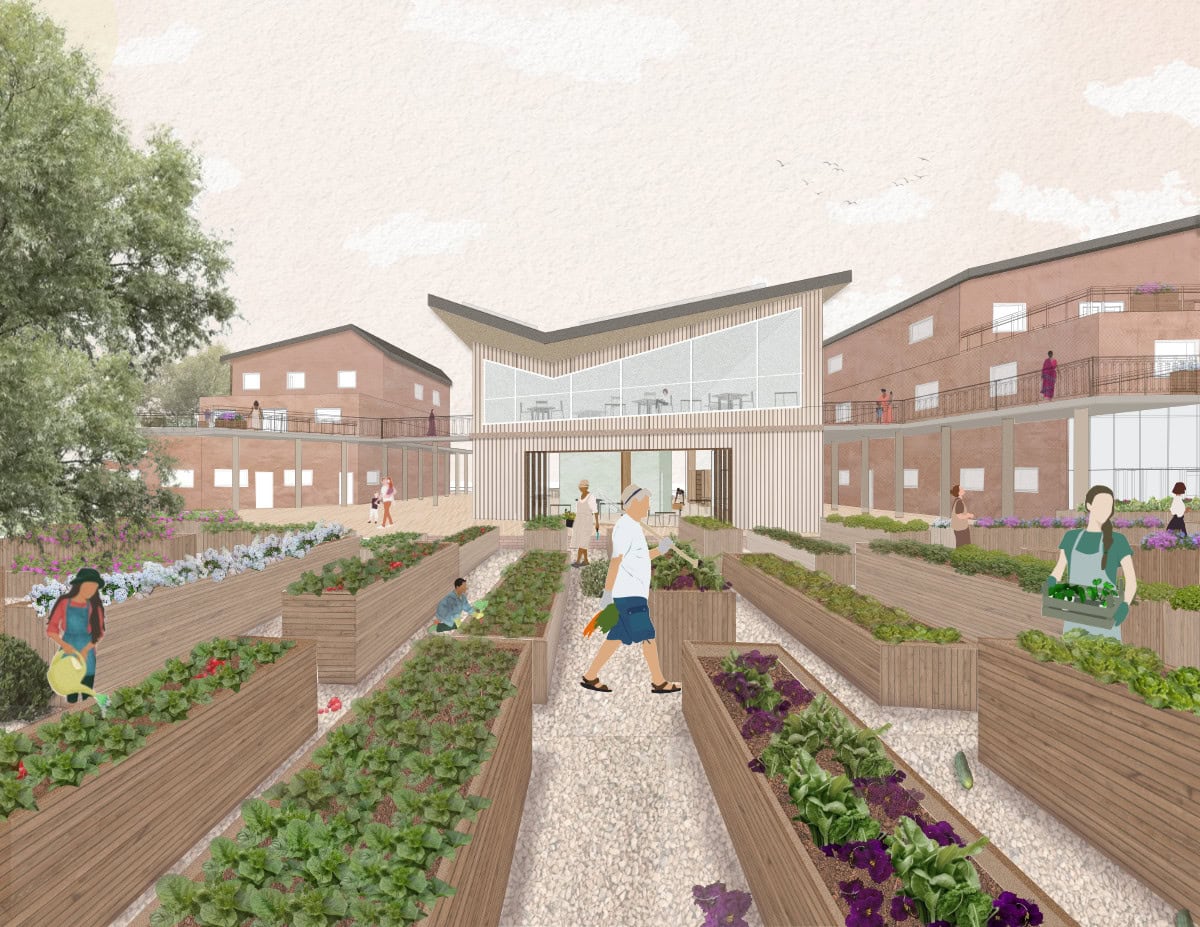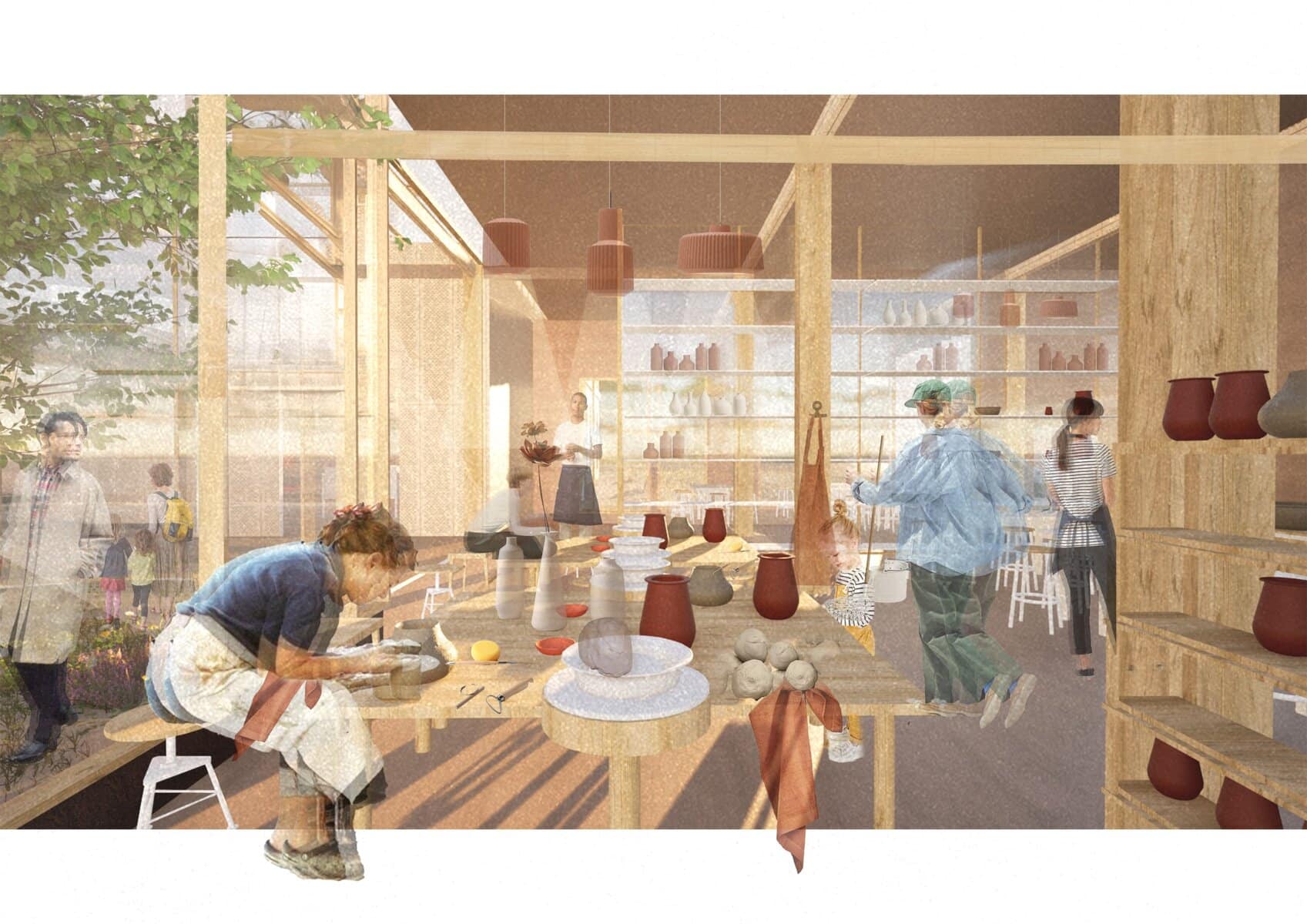Hammad Haider is a recent graduate actively seeking a Part 1 Architectural Assistant role in the vibrant cities of Leeds or Manchester. He graduated with a prestigious First Class Honours degree from the University of Huddersfield, a well-respected institution known for its focus on practical and theoretical architectural education. During his academic career, Hammad gained valuable experience working with Halliday Clark Architects, where he contributed to several projects that honed his skills in design and project management. Moreover, he participated in the RIBA student mentoring scheme, recently collaborating with Yeme Architects, which allowed him to gain insights from seasoned professionals in the field and further develop his architectural acumen.
Hammad’s passion for inclusive spaces is exemplified in his work on a Multi Faith Centre, which aimed to foster community engagement and understanding among diverse cultural backgrounds.

His final BA project was not only awarded the external examiner’s prize, a significant accolade recognising exceptional academic achievement, but his BA Dissertation was also nominated for the Annual Fields Journal of Huddersfield research, highlighting the innovative nature of his research and its potential impact on the architectural community. This recognition underscores his dedication to advancing architectural thought and practice.
Innovative Design of the Multi Faith Centre
Hammad Haider’s final project is an ambitious and thoughtfully designed Multi Faith Centre located in the Heart of Melaka, Malaysia. This project aims to foster a sense of community and inclusivity among individuals of various faiths, promoting understanding and coexistence in a culturally rich environment. The design reflects Hammad’s vision of architecture as a tool for social change and unity.

The complex is designed to be a safe haven for people of all faiths within the locality, encouraging interfaith dialogue and creating opportunities for learning about the diverse cultural assets that each faith brings to the community. The centre features a variety of spaces, including courtyards, learning areas, dining facilities, and contemplation spaces, all aimed at providing ‘Nutrition for the Whole Body.’ This holistic approach to design reflects Hammad’s understanding of the importance of mental, physical, and spiritual wellbeing. The graphics for this project have been meticulously produced using Revit and Photoshop, showcasing his technical skills and artistic sensibility.
Hammad’s innovative approach to architecture, particularly in the context of the Multi Faith Centre, showcases his commitment to creating spaces that promote dialogue, understanding, and peace. With his strong academic background, practical experience, and clear vision, he is well-prepared to contribute meaningfully to the architectural landscape and foster a more inclusive society.

As part of the project’s outreach, Hammad envisions partnerships with local schools and organisations to foster a sense of community ownership of the centre. Through workshops, volunteer opportunities, and educational programmes, the centre seeks to become an integral part of the Melaka community, serving as a model for similar initiatives globally.
To enhance the overall experience, Hammad plans to incorporate technology throughout the centre, providing digital resources that facilitate learning and communication among different faiths. This could include virtual tours of sacred sites from various religions, interactive displays that inform visitors about different beliefs, and workshops that utilise technology to promote dialogue and understanding.
Furthermore, the centre includes dedicated spaces for children and youth, aiming to educate younger generations about the importance of interfaith understanding and respect. These spaces are designed to be vibrant and engaging, featuring interactive exhibits and activities that encourage learning through play and collaboration.
The architecture of the Multi Faith Centre is designed with flexibility in mind, allowing for a variety of events and activities to take place. This could range from religious services and community gatherings to educational workshops and cultural celebrations. Hammad’s design encourages participation and interaction, making it a hub for community engagement.
In order to create an inviting atmosphere, the centre incorporates natural materials and sustainable design principles that resonate with the environment. The use of local stone and timber not only reduces the carbon footprint but also connects the structure to its geographical context. Additionally, the landscaping around the centre is designed to enhance the visitor experience, featuring native plants that require minimal maintenance while providing a lush, serene backdrop for contemplation and reflection.





Add a comment